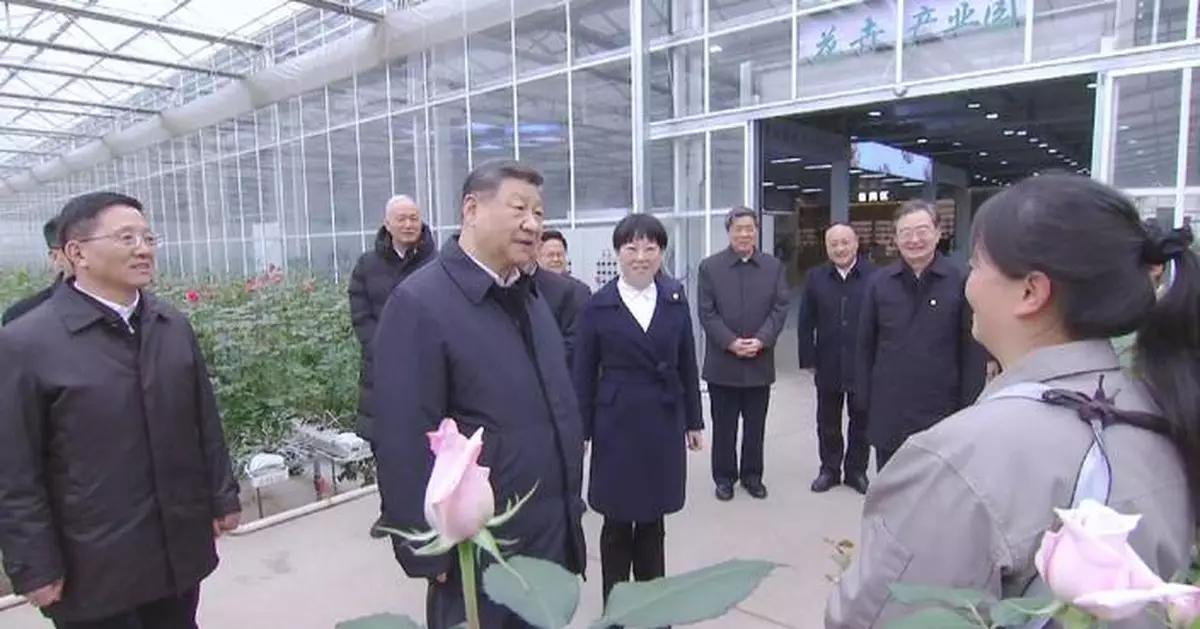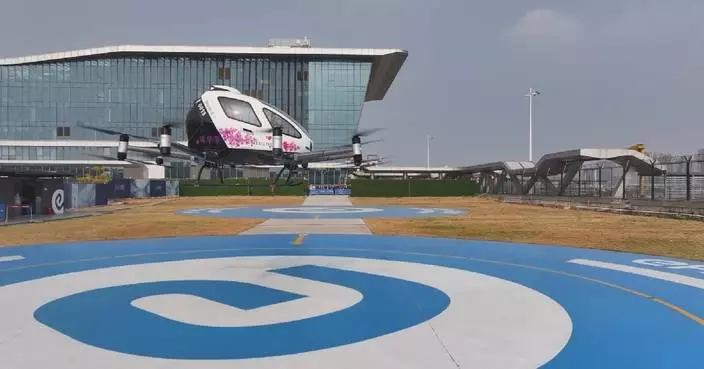Chinese President Xi Jinping Wednesday visited a modern flower industrial park in the city of Lijiang, southwest China's Yunnan Province.
During the visit, Xi, also general secretary of the Communist Party of China Central Committee and chairman of the Central Military Commission, talked with villagers and technicians working at the flower industrial park, asking about the flower varieties, market sales and their incomes.
The Lijiang Modern Flower Industrial Park, located in Lijiang's Gucheng District, sits at an altitude of approximately 2,300 meters, covering an area of about 1,100 mu (about 73.3 hectares).
It serves as a key hub for China's flower industry, cultivating 48 varieties of fresh-cut roses, with an annual output of 39.56 million stems.
In addition to roses, the park also produces 18 varieties of colored calla lilies, with an output of 900,000 stems each year which accounts for 90 percent of the national market share, making the park the country's largest greenhouse-cultivated colored calla lily production site.
To better cultivate the flower crops, the park utilizes advanced agricultural techniques, including smart greenhouses and soil-less cultivation methods.
Beyond flower cultivation, it also engages in cold-chain logistics, leisure tourism and multi-channel sales expanding into value-added sectors, such as producing rose essential oils, floral fragrances and edible flower products.
With its products reaching major cities like Beijing, Shanghai and Guangzhou, as well as international markets in Japan, Vietnam and Russia, the park has become a significant driver of local economic growth. It has also contributed to the country's rural development by creating jobs for over 300 people living in the surrounding areas.
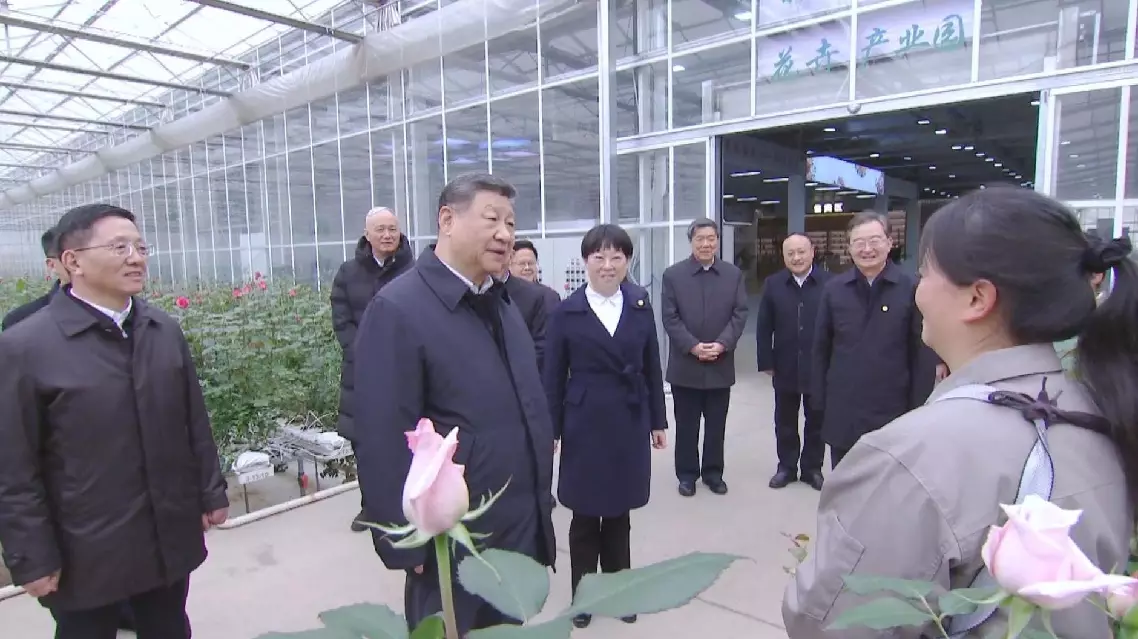
Xi visits flower industrial park on inspection in southwest China's Yunnan
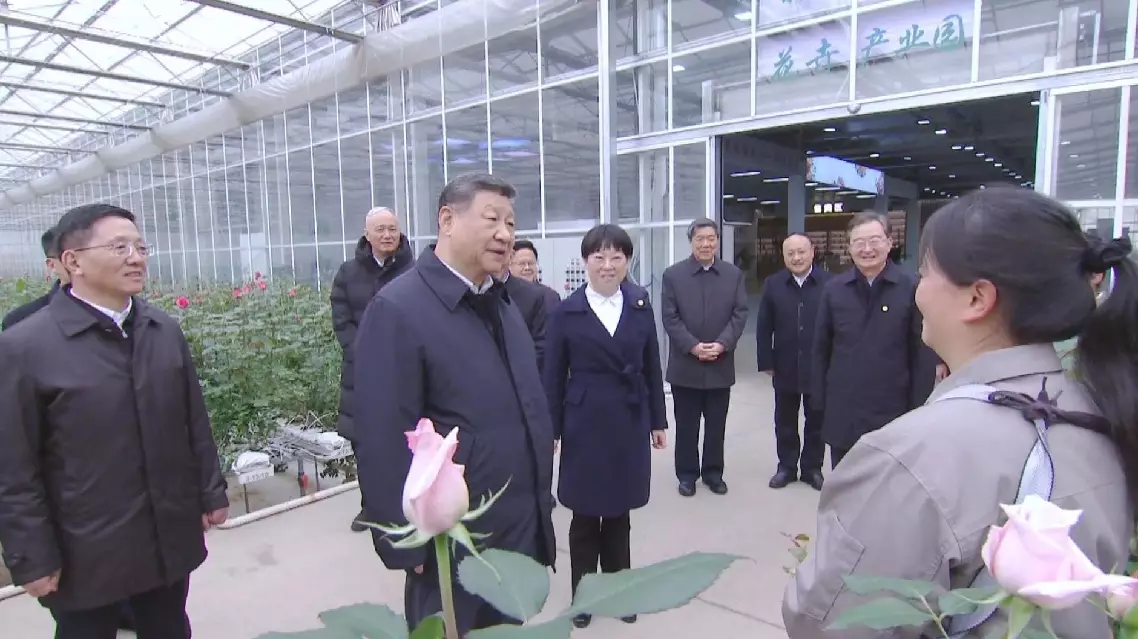
Xi visits flower industrial park on inspection in southwest China's Yunnan
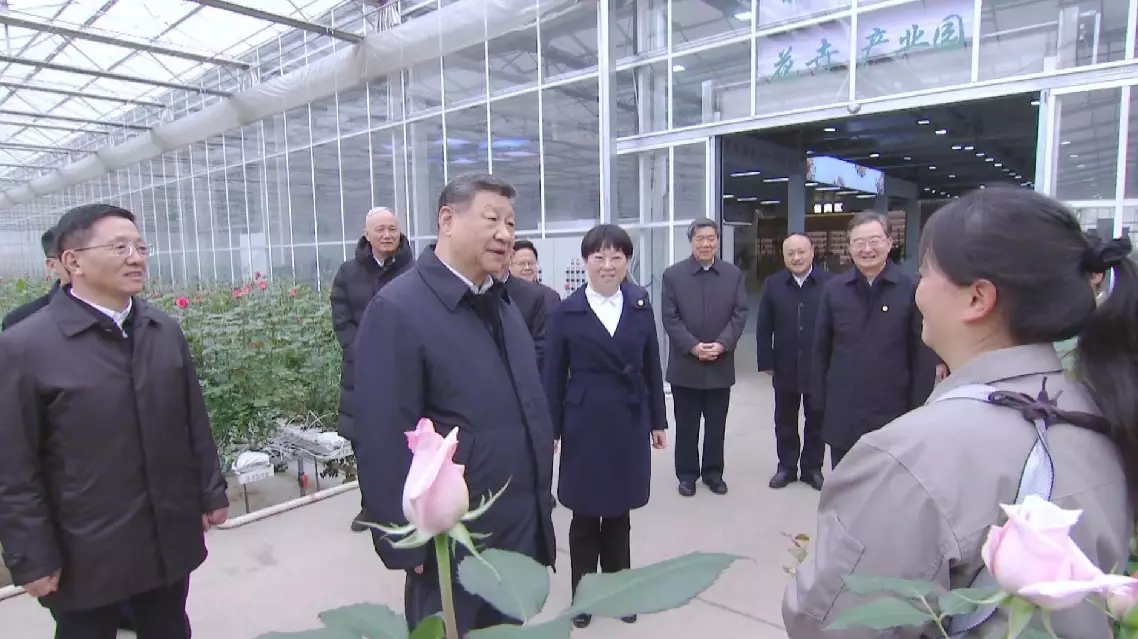
Xi visits flower industrial park on inspection in southwest China's Yunnan
China's domestically developed C919 large passenger aircraft began flight transport service on two new routes on Sunday.
At 11:19 on Sunday, a C919 aircraft smoothly landed at the Shenyang Taoxian International Airport in Shenyang City, the capital of northeast China's Liaoning Province, from Shanghai in east China some 1,000 kilometers away, marking the C919's first commercial flight in northeast China. The airport celebrated the occasion with a water salute.
"The seats are very spacious, and the flight experience is excellent," said a passenger.
"Flying on a homegrown plane feels especially smooth. I took the inaugural C919 flight to Chengdu, and unexpectedly, within a year, more than a dozen routes have been launched. I think the airline operations in our country are particularly impressive," said another passenger.
The other new air route opened on the day for the C919 is the one from northwest China's Xi'an City to south China's Guangzhou City about 1,400 kilometers away.
The Xi'an-Guangzhou service became the third domestic air route operated from Xi'an to use the C919, following China Eastern Airlines' earlier introduction of this aircraft on its Xi'an-Beijing and Xi'an-Shanghai routes. This also means that the Xianyang International Airport in Xi'an has become a major airport in China in terms of flights performed by the C919.
Notably, China Eastern Airlines in January 2025 started using the C919 jetliner for regular flights between Shanghai in east China and the Hong Kong Special Administrative Region in the country's south -- which is the airline's first scheduled commercial flight service to Hong Kong using the C919.
The C919 is a narrow-body passenger aircraft with a maximum capacity of 192 seats. It is China's first self-developed trunk jetliner, built in accordance with international airworthiness standards and featuring independently registered intellectual property rights.
China initiated the C919 project in 2007, and it was developed by the Commercial Aircraft Corporation of China, Ltd. (COMAC). The first C919 aircraft rolled off the production line in Shanghai in November 2015.

China's homegrown C919 aircraft begins to serve two new domestic air routes





